kanagawa, ramen
Yokohama Ramen: Misunderstood or Genius?
James Lau
Posted on January 04, 2022
Share:
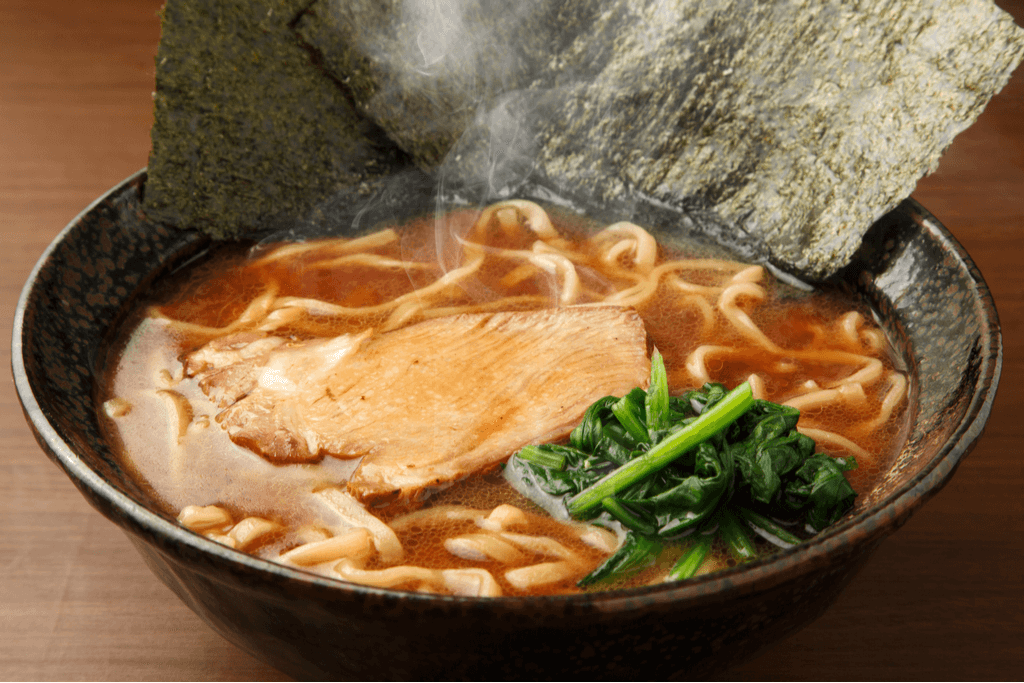
Perhaps one of the most polarizing styles of ramen to ever emerge from Japan, Yokohama ramen, known as Yokohama iekei (family-style) ramen, has one of two reputations. It is either known as the common man’s ramen found on every street corner, or is revered as a pillar of Japanese ramen culture.
What is Yokohama Iekei Ramen?
Yokohama iekei ramen is the result of combining Hakata-style tonkotsu (pork bone) soup with the shoyu (soy sauce) and chicken broth of Tokyo-style ramen into one umami-intensive (flavor-intensive) soup that is then topped with chicken oil, used to retain the heat and flavor of the soup beneath, much like some types of Hokkaido ramen.
Iekei ramen noodles are thicker, flatter, and shorter than other noodles, giving it a signature look. They are used to complement the richness of the broth, allowing the eater to enjoy both the soup and noodles to the fullest. Iekei ramen is usually topped with spinach, dried seaweed, and chashu (pork belly).
Other popular toppings include half-boiled eggs, wood ear mushrooms, and cabbage, although it must be stated that the star of the show is undoubtedly the soup.
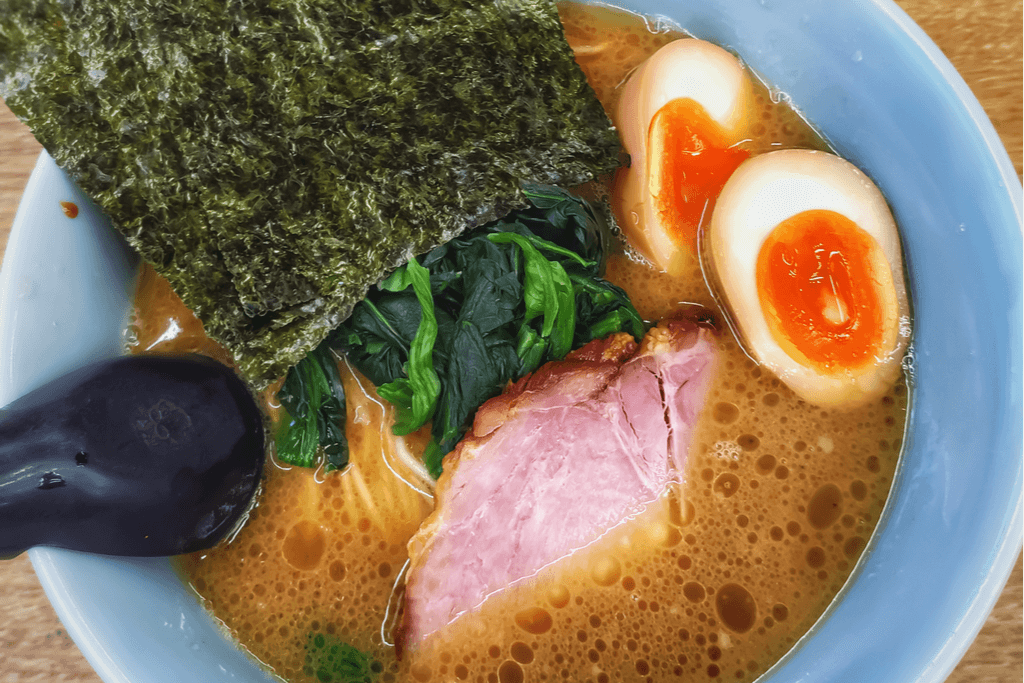
The result?
Nothing short of magic.
Except… Its magic is easy to recreate. Even when done in a crude fashion, the impact of the tonkotsu and the subtle flavor of the shoyu and chicken broth can still create a passable bowl of ramen. Iekei ramen has swept the nation of Japan. Hundreds, if not thousands, of ramen restaurants serve this style of ramen.
So how did one man’s dream gain a cult-like status among ramen aficionados?
Want to experience all the flavors of Japan from your own home? Sakuraco delivers traditional Japanese snacks, sweets, teas, and tableware from local makers right to your door!
How It All Began
In 1974, after quitting his previous job and apprenticing at a national chain of ramen restaurants called “Ramen Shop” (ラーメンショップ), a former truck driver named Yoshimura Minoru opened his ramen restaurants, “Yoshimura-ya.” During his time on the road, he had been exposed to many regional ramen varieties styles throughout Japan.
Eventually, he came up with the idea of combining the strong and rich flavors of Hakata ramen with the clean and classic shoyu and chicken broth of Tokyo. He called his blend ‘iekei’ or family-style ramen.
Yoshimura’s original shop was opened in the south of Yokohama, along Highway 16. It was an odd location, far away from the bustling metropolitan centers.
This was, of course, part of his master plan.
Yoshimura had previously worked as a truck driver. He knew the ins-and-outs of the business, especially when it came to finding a restaurant that had enough space to park a large rig. This decision ultimately affected iekei ramen’s main customer base, which is dominated by truck drivers and other blue-collar workers to this day.
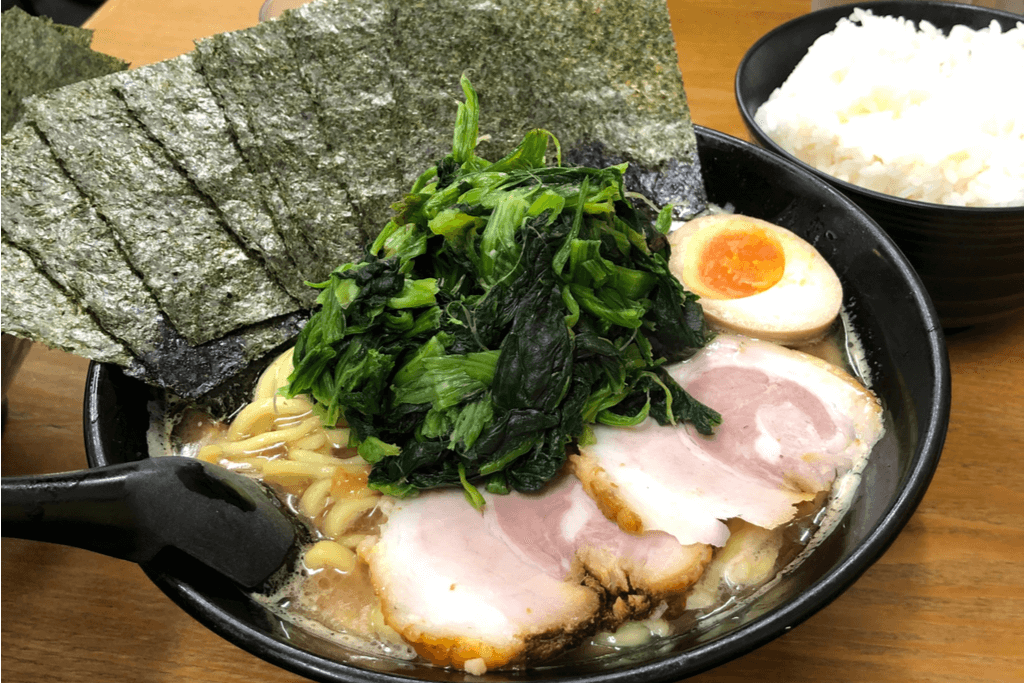
From the very beginning, iekei ramen seemed destined for those in labor-intensive fields. The calorie-rich meal was cheap and flavorful, not to mention easily accessible. Still in its infancy, iekei ramen was soon paired up with white rice, another carb-full side dish, by its customers, providing them with enough energy to last through the day.
Word of mouth quickly spread and soon ramen enthusiasts, foodies, and the media began to swarm the shop. Yoshimura capitalized on this opportunity, using his newfound fame to branch out throughout the country. He created a new shop near Yokohama Station, designating it as his honten (main branch). The store is still open to this day, faithfully serving its customers.
Iekei Today
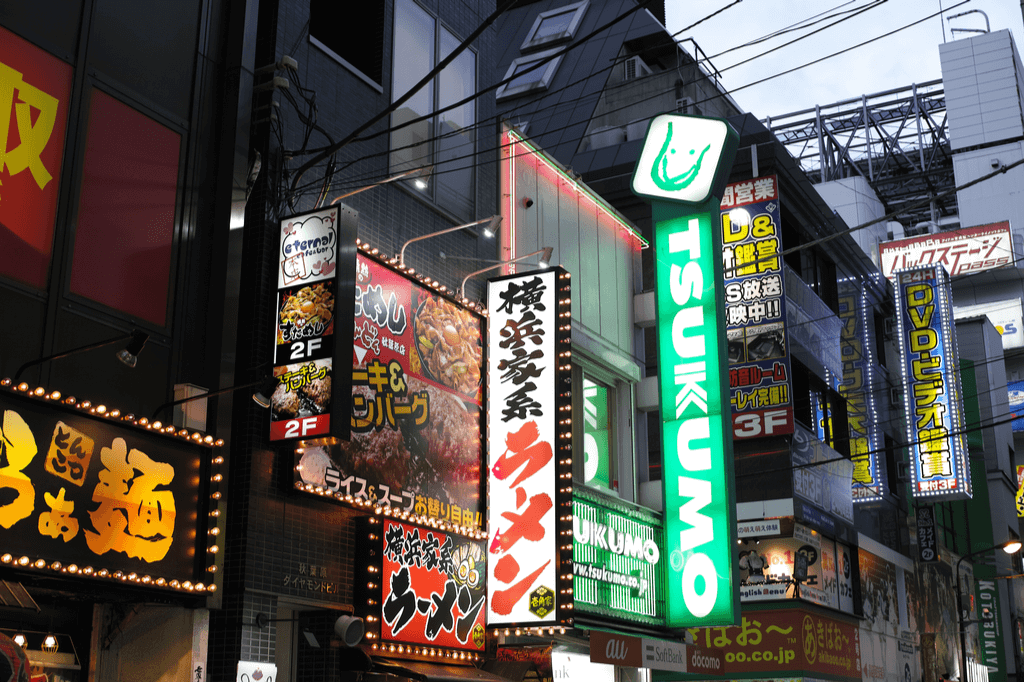
Today, Yokohama ramen has become one of Japan’s most beloved ramen styles. While its availability distracts some people from its attraction, true ramen enthusiasts can appreciate its sublime beauty.
Several of Yoshimura’s disciples branched out on their own with the blessing of their master, and their shops are recognized through a ceremony called “noren-wake.” Today, many iekei shops can proudly trace their lineage back to the original Yoshimura-ya, although only a few are direct disciples.
Others have taken advantage of the iekei boom of the 80s and 90s, opening up their own shops with their own recipes. One of the most notable examples of these spin-off stores are the shihon-kei (capital-style) iekei ramen restaurants, which utilize a central kitchen system to bring the soup out to its stores.
However, Yoshimura-ya and its devout followers continue to make their soups in-house to this day, following the recipe that Yoshimura Minoru crafted back in 1974. Much like how Yoshimura used his truck driving origins to his advantage, many shops derived from his lineage offer free toppings on their tables – sesame seeds, ginger, garlic, chili paste, pepper, and vinegar – much like how the Ramen Shop chain that Yoshimura apprenticed at does. These toppings allow for the customer to enjoy their iekei ramen in whichever way suits their fancy.
Yokohama ramen has also been elevated to a higher state. Ramen chefs have taken and perfected the style to a point where the Yokohama ramen, once meant for blue collar workers, now stands out from the crowd in the bustling metropolis of Tokyo.
Have you ever tried iekei ramen before? Did you like what you ate or did you feel like you wanted something more? Tell us about your experience in the comments below!

Discover authentic flavors with Sakuraco
Get Sakuraco 

Discover authentic flavors with Sakuraco
Get Sakuraco 
Related Articles

Nambu Tekki: Morioka’s Amazing Iron Craft
In the historic city of Morioka, Iwate Prefecture, a craft with over 400 years of history continues to captivate with its rustic beauty and practical charm. Nambu tekki, or Nambu cast iron, refers to traditional ironware, such as teapots, kettles, and decorative pieces, that embody the spirit of Tohoku craftsmanship.

Ebisu: The Cheerful Guardian of Luck and Prosperity
Religion in Japan involves a dizzying array of spirits and beings. These gods are inspired by ancient tales and used to symbolize nature’s bounty. However, they also profoundly impact daily life and are often sought out for help in challenging times
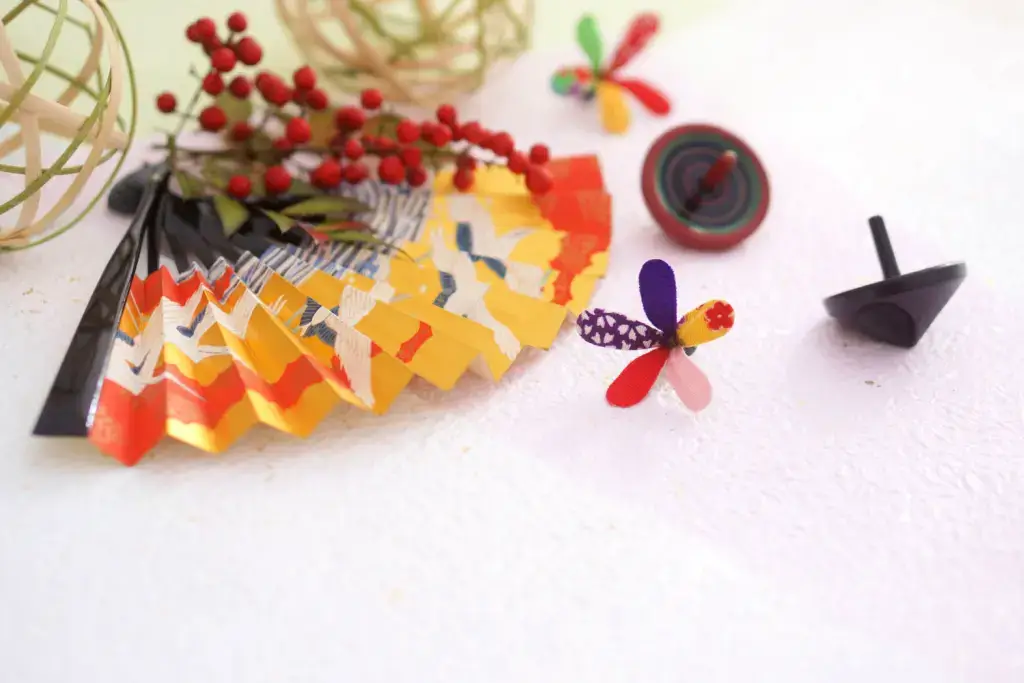
Little New Year in Japan: Discovering Koshogatsu Traditions
When people think of the Japanese New Year, they typically associate it with January 1st. It’s a time for celebrations, family, special foods, and visits to shrines for hatsumode (first prayer of the year).

Hatsumode: Why Is It Japan’s Most Important Tradition?
Hatsumode is the first visit to a shrine or temple in the New Year in Japan, and it is one of the country’s most important traditions. Every year, millions of people participate, demonstrating the profound connection between this custom and daily life.



